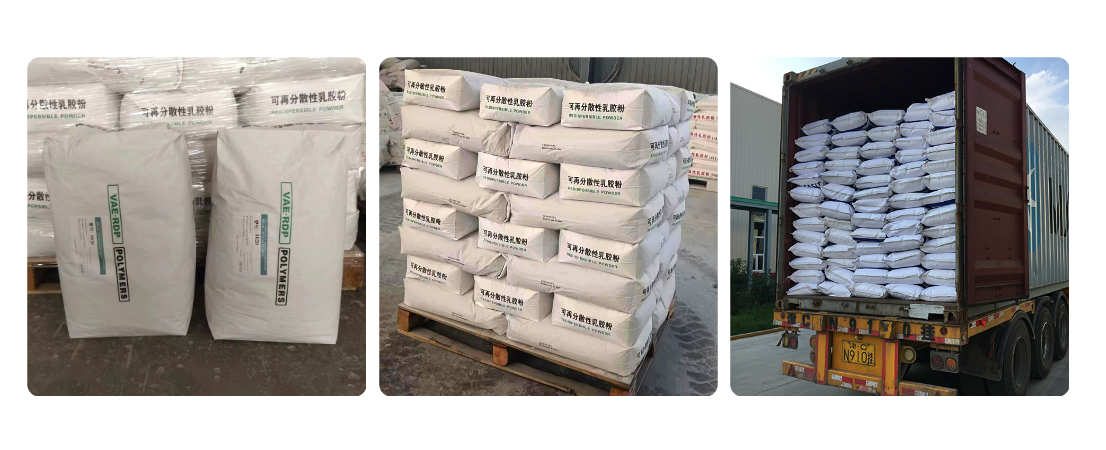
Nov . 08, 2024 11:43 Back to list
Exploring the Applications and Benefits of Hydroxypropyl Methylcellulose in Various Industries
Hydroxypropyl Methylcellulose An Indispensable Polymer in Modern Applications
Hydroxypropyl methylcellulose (HPMC) is a versatile cellulose ether that plays a pivotal role in various industries, ranging from pharmaceuticals to food and construction. As a non-ionic, water-soluble polymer, HPMC exhibits unique properties that make it an essential ingredient in many formulations. This article explores the structure, properties, applications, and benefits of HPMC, underscoring its significance in contemporary applications.
The chemical structure of HPMC is derived from cellulose, one of the most abundant organic polymers on Earth. Through a series of chemical modifications, cellulose is treated with propylene oxide and methyl chloride, resulting in the formation of hydroxypropyl and methyl groups. The degree of substitution and the ratio of these groups can be varied, allowing for a wide range of HPMC products tailored to specific uses. The resulting polymer is characterized by its ability to form gels and films when mixed with water, making it a key ingredient in many water-based formulations.
Hydroxypropyl Methylcellulose An Indispensable Polymer in Modern Applications
In the realm of food science, HPMC serves as an essential additive for improving texture and stability. It acts as a stabilizer in emulsions, helping to prevent separation between oil and water phases. This property is particularly beneficial in products such as salad dressings, sauces, and dairy products, where a uniform consistency is paramount. Moreover, HPMC's ability to form gels makes it a valuable ingredient in gluten-free baking, where it mimics the structure and elasticity typically provided by gluten, ensuring satisfactory texture and mouthfeel.
hydroxypropyl methylcellulose

The construction industry also harnesses the benefits of HPMC, particularly in the formulation of cement-based products such as tile adhesives, mortars, and grouts. In this context, HPMC enhances workability and provides a longer open time during application, allowing for adjustments before setting. Its water-retention capabilities facilitate proper curing, thereby improving the durability and strength of construction materials. Furthermore, HPMC contributes to the formation of a smooth, even surface, which is critical for aesthetic and functional purposes.
Beyond its functional properties, HPMC is valued for its safety profile. Being non-toxic and non-irritating, it is widely regarded as safe for use in both food and pharmaceutical applications. This aspect aligns with the increasing consumer preference for natural and safe ingredients, making HPMC a popular choice among manufacturers who aim to meet these demands.
As we advance into an era of sustainability, the biodegradable nature of HPMC positions it favorably among contemporary polymers. With growing environmental concerns, the search for eco-friendly alternatives to synthetic compounds has led to a resurgence of interest in naturally derived materials such as HPMC. This cellulose-based polymer not only meets performance requirements but also aligns with the principles of sustainability, making it an appealing option for industries looking to reduce their ecological footprint.
In conclusion, hydroxypropyl methylcellulose is an invaluable polymer that significantly impacts various sectors. Its unique properties, such as moisture retention, thickening capabilities, and film-forming ability, make it indispensable in pharmaceuticals, food, and construction. As the demand for safe, sustainable, and effective ingredients continues to rise, HPMC stands out as a versatile solution that meets the needs of modern formulations. Whether enhancing the stability of a dietary supplement, improving the texture of gluten-free baked goods, or ensuring optimal performance in construction materials, HPMC's multifaceted applications are a testament to its enduring relevance in today's world. As industries evolve and innovation thrives, the role of HPMC is sure to expand, further solidifying its status as a key player in a myriad of essential applications.
-
Versatile Hpmc Uses in Different Industries
NewsJun.19,2025
-
Redispersible Powder's Role in Enhancing Durability of Construction Products
NewsJun.19,2025
-
Hydroxyethyl Cellulose Applications Driving Green Industrial Processes
NewsJun.19,2025
-
Exploring Different Redispersible Polymer Powder
NewsJun.19,2025
-
Choosing the Right Mortar Bonding Agent
NewsJun.19,2025
-
Applications and Significance of China Hpmc in Modern Industries
NewsJun.19,2025







